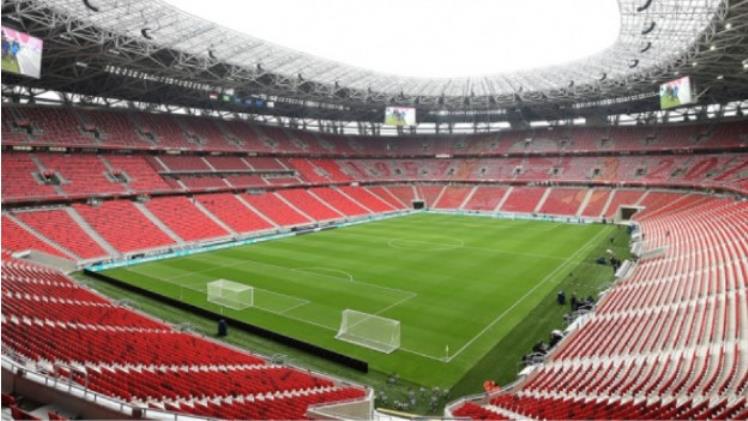Puskás Aréna: A Modern Masterpiece & a Legacy of Hungarian Football
History and Construction of the Stadium
According to information found by RakhoiTV https://www.randidriscoll.com/ Puskás Aréna, located in Budapest, Hungary, is the new national stadium built to replace the old Ferenc Puskás Stadium.
Plans for the new stadium began in the early 2000s, gaining momentum when Hungary aimed to be one of the host nations for UEFA Euro 2020. This ambition accelerated the design and financial planning for a replacement stadium. The demolition of the old Ferenc Puskás Stadium began in 2016.
The construction of Puskás Aréna took place from 2017 to late 2019. The stadium officially opened on November 15, 2019, with an international friendly match between the national teams of Hungary and Uruguay. The design, led by architect György Skardelli, aimed to be modern while preserving the traditional values of the old stadium, creating a space that blends “heritage and innovation.”
The estimated construction cost was high, around €533 million (a figure reported by many sources, though it can vary depending on calculations) to ensure the stadium met international FIFA/UEFA standards.
Stadium Location and Capacity
- Location: Puskás Aréna is located in District 14 (Zugló) at Dózsa György út 1, Budapest, Hungary. It stands on the exact site of the former Ferenc Puskás Stadium, giving it excellent transport links to the city center via train stations, metro, and buses.
- Capacity: Puskás Aréna has an all-seater capacity of 67,215 for international football matches.
- Design & Amenities:
- The stadium is “all-seater” with a natural grass pitch.
- The design emphasizes the roof, steel frame, large concrete structures, and high-tech systems for lighting, information, safety, emergency exits, and an overall enhanced spectator experience.
- The stadium also houses the Puskás Exhibition Centre, a museum dedicated to preserving the legacy of Ferenc Puskás and the old Népstadion.
Historic Milestones of Puskás Aréna
According to author Minh Tú of 90phut TV, here are some of the notable historic milestones for Puskás Aréna:
Venue for Major Football Events
- First International Match: The stadium was inaugurated with a friendly match between Hungary and Uruguay on November 15, 2019.
- UEFA Euro 2020: The stadium was selected as one of the host venues for UEFA Euro 2020 (postponed to 2021 due to the COVID-19 pandemic). Puskás Aréna hosted group stage matches and a round of 16 match during the tournament.
- It has also hosted qualifying matches for the World Cup and the EUROs, as well as international friendly matches involving the Hungarian national team against major opponents.
Notable Achievements
- Architectural Awards: Puskás Aréna was named Stadium of the Year 2019 by Stadium Database and received the Prix Versailles Special Prize for most beautiful sports facility in 2020. It also won a Red Dot Design Award for its public information and guidance system.
- Usage: The stadium has hosted many matches with large crowds, special events, and international tournaments. For example, the inaugural match set a record attendance of around 65,114 people.
See more: https://www.randidriscoll.com/bang-xep-hang-bong-da-anh/
Conclusion
Puskás Aréna is not merely a large stadium; it is a symbol of transformation, heritage, and modernity in Hungarian football. From its commitment to preserving the spirit of the old Népstadion to its adherence to international standards, from its beautiful architecture to its superb spectator amenities, everything comes together in Puskás Aréna.
More importantly, Puskás Aréna proves that a nation can build a world-class sports facility not just to host international events, but to unite a community, promote sports education, create a sense of national pride, and drive the development of supporting infrastructure (transportation, commerce, and culture).



